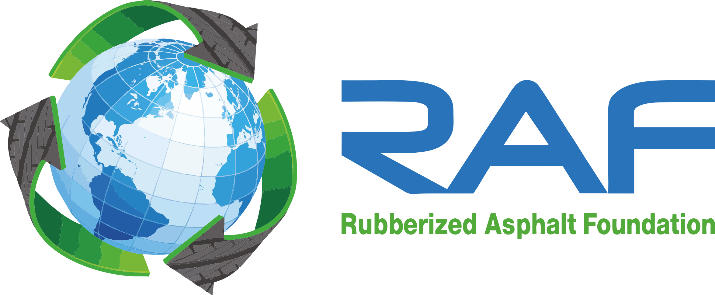The Arizona Department of Transportation (ADOT) supported research to
perform the Four Point Bending Beam and Simple Shear tests to evaluate the fatigue
cracking, shear and rutting characteristics of asphalt-rubber (AR) mixes and many other
variants of hot mix asphalt. It is noteworthy that the two test techniques and principles were
developed as part of the United States nationally funded Strategic Highway Research
Program (SHRP). The numerous mixes included asphalt-rubber gap graded (ARAC),
asphalt-rubber open graded (ARFC), conventional dense graded, Stone Matrix Asphalt
(SMA), and conventional open graded. The mixes were evaluated at various air void levels
and temperatures so the assessment was undertaken in conjunction with the various highway
paving projects constructed in a wide range of climatic zones. In addition, evaluation of AR
binders as well as other conventional and modified performance graded binders was
performed to complement mixture properties. The main purpose of this paper is to address
the subtleties (strengths and weaknesses) of the laboratory testing methodologies to assess
the pavement performance. The scope of work includes documentation of the test results of
the bending beam and shear-test procedures. Furthermore, recommendations of the
suitability of the test methods are provided based on the laboratory testing and observation
of the field performance of about 20 years. It is envisaged that the findings from the study
will help provide guidance related to any potential improvements to enhance the testing
capability to assess pavement performance.
